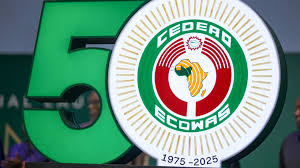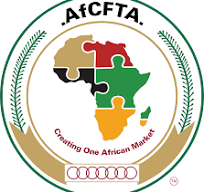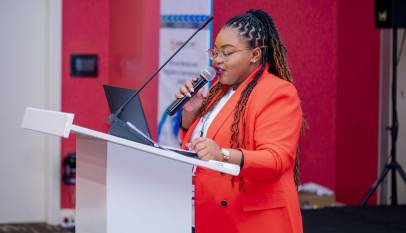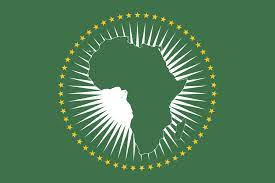ANALYSIS: X-raying the geographical inequities of Nigeria’s 2019 education budget
The proposed 2019 budget presented before the joint session of the National Assembly by President Muhammadu Buhari in December, 2018 was riddled with inequities and misplaced priorities including for the education sector
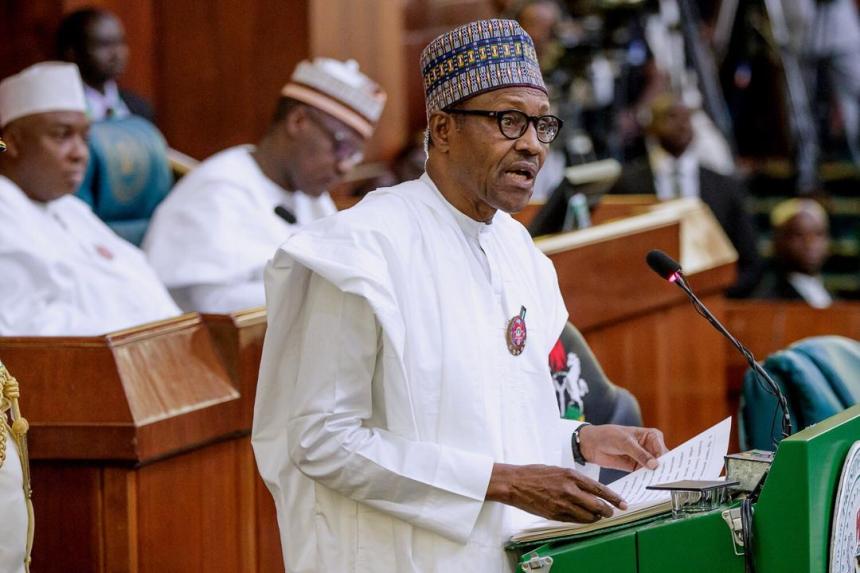
The budget document is perhaps a country’s most important document – after its constitution. It is through the mechanism of the budget that national governments plan and execute public welfare projects necessary for the improvement of the lives of the people, particularly the poor in society. Thus, the government’s budget covers issues as diverse as public health, education, agriculture and food security as well as infrastructure, amongst many others.
As a constitutional democracy, every year, the Nigerian president performs the ritual of presenting an appropriation bill to the National Assembly which contains the federal government’s financial plans (proposed income and expenditure) for the succeeding budget year. After going through the established legislative processes, the budget is eventually passed into law after which implementation begin.
On December 19, 2018, President Muhammadu Buhari presented before the joint session of the National Assembly in Abuja the N8.83 trillion-worth 2019 appropriation bill. 50.31 percent of the bill (N4.04 trillion) was earmarked for recurrent expenditures while 22.98 per cent of the proposed budget (N2.03 trillion) was earmarked for capital projects. Moreover, N2.14 trillion (representing 24.23 percent) was earmarked for debt servicing while the sums of N492.36 billion and N120 billion were estimated for statutory transfers and as sinking fund, respectively.
Looking at the sectorial allocations for key sectors of the budget – which was prepared on the projected cost of $60 (at the exchange rate of N305 to $1) per barrel of crude oil and the estimated production capacity of 2.3 million barrels per day – reveal obvious inequities and in-balances in terms of distribution of resources among the six geopolitical regions of the country. This is even more so looking at budget estimates for the key sectors of education, public health, agriculture, and infrastructure (roads and bridges).
Education is the bedrock of all developed societies as such no country which is genuinely interested in achieving equitable and sustainable development pay leap service to the education of its people. It is in recognition of the critically-important role education plays in socioeconomic development that most countries of the world including African countries such as Ethiopia and Benin had at one point of the other dedicated as high as 27% and 25% of their annual public expenditures to education, respectively.
However, despite being Africa’s biggest economy and the country with the largest population on the continent, Nigeria has never in the recent past budgeted even up to 10% of its annual budget to education. In the 2019 appropriation bill, budgetary allocation to the education sector was low, lopsided and uneven in terms of regional distribution of resources for education projects across Nigeria. The proposed total allocation for education was N620.5 billion representing a mere 7 percent of the appropriation bill.
According to the recent literacy index of the National Bureau of Statistics (NBS), there’s still a huge gap in terms of educational development between southern and northern Nigeria. Based on findings of the NBS, states in the Northeast, Northwest and North-central regions are home to majority of Nigerians who are illiterate: can neither read nor write – compared to states in the Southeast, Southwest and Southsouth regions. However, the 2019 appropriation bill reveals the education sector’s budget to be quite unbalanced and marred by misplaced priorities, relative to the educational needs of the educationally-disadvantaged northern region.
It is no longer news that there are at least 10.5 million out-of-school children in Nigeria and at least, 60 per cent of those children are in northern Nigeria, according to UNESCO. Yet, looking at the proposed 2019 budget, one sees that although the Northeast, Northwest, and North-central regions are home to a large majority of Nigeria’s out-of-school children, the proposed allocations for secondary education across the 3 regions were approximately 13.6%, 17.5% and 17.5%, respectively. On the other hand, the secondary education budget for Southwest, Southsouth and Southeast regions were 18.5%, 16.5% and 11.6%, respectively.
Moreover, the budgetary allocation for tertiary education for the Northeast, Northwest, and North-central regions were approximately 11.3%, 23.2% and 9% respectively while budgets for Southwest, Southsouth and Southeast regions were approximately 15.8%, 20% and 12.6% respectively. This statistics clearly shows imbalances in the allocation of educational resources to regions, based on their different priorities.
For example, the budget for secondary education show although there are more out-of-school children across the 3 northern regions, the highest allocation for secondary education (18.5%) goes to Southwest – the most educationally advanced region. And looking at the figures for tertiary education, one realizes that the Northwest which has one of the highest figures of out of school children was allocated the highest resources for tertiary education (23.2%). This is clear case of misplaced priority!







